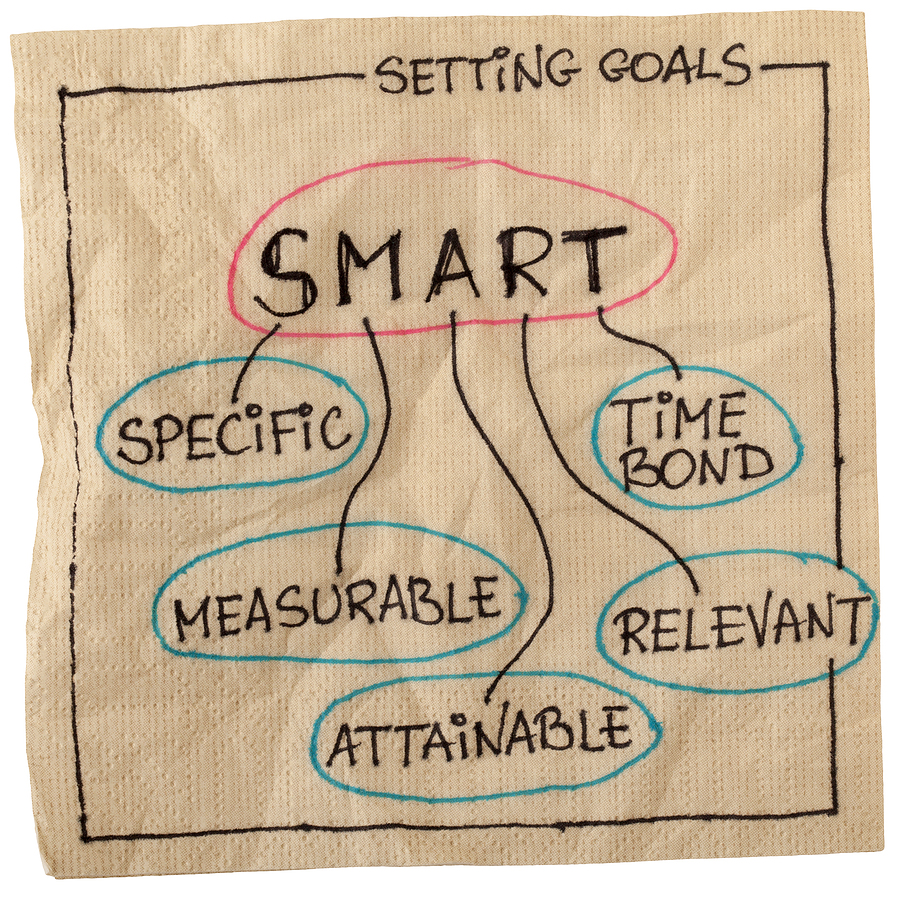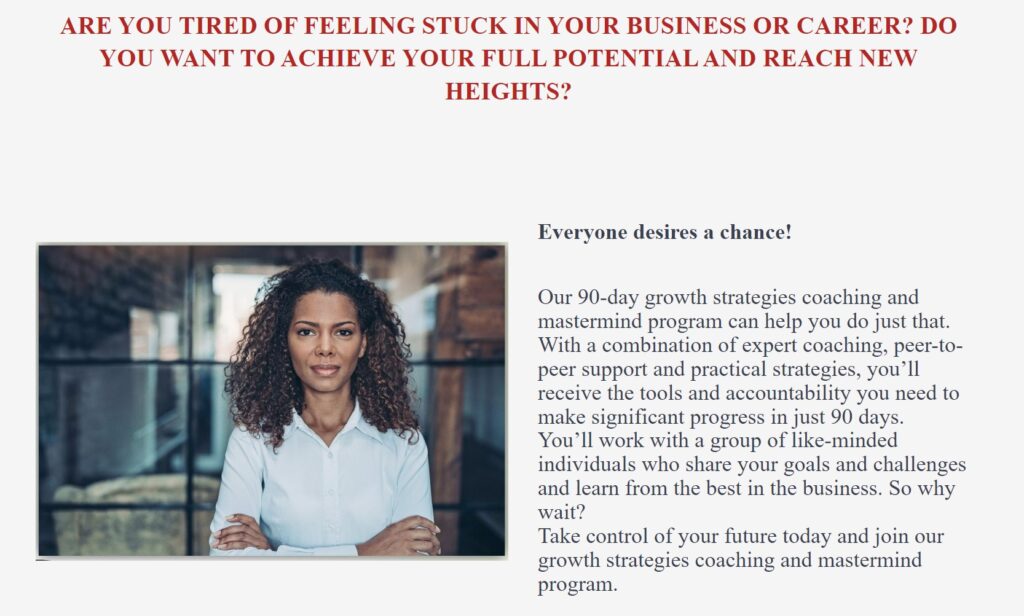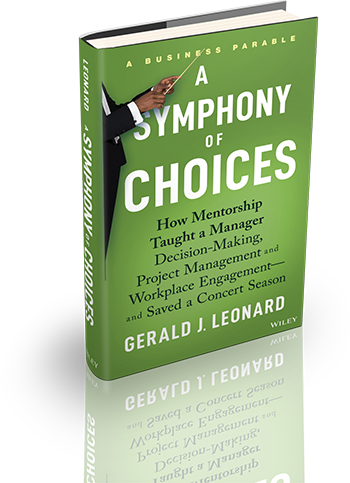Running a business without goals is like driving a car without a destination. If your organization lacks concrete goals, then how can stakeholders gauge the effectiveness of your current strategies? How will employees know what to do when you haven’t set any clear targets? Goals don’t just give your employees direction, but they also make difficult tasks easier to achieve. Effective goals are a vital component of any organization’s success, so check out this guide on the neuroscience of goal setting to make better goals for your company.
How Do Goals Affect the Brain?
Good goals have a real effect on the inner workings of the brain. According to a recent study, when someone is pursuing a high-quality goal, the different parts of their brain coordinate more efficiently. As a result, the individual has greater motivation and confidence as they try to complete complex tasks. Motivated employees are a huge asset to any company, so you should set the right goals if you want your workforce to operate as efficiently as possible.
What Are the Qualities of Effective Goals?
Firstly, goals must be measurable. If you want your sales team to sell more of a certain product, then you need to set a clear quota for them to meet. Simply telling your employees to sell as much of that product as possible will not help them succeed. On top of that, your goals must include deadlines. Otherwise, employees won’t act with a sense of urgency. Finally, goals should be achievable. If you set your sales quota too high or expect your employees to meet an unrealistically tight deadline, then they won’t feel confident about their ability to meet your expectations. This will negatively affect their performance, and sales numbers will likely decrease.
How Does Goal Setting Benefit Your Company?
Workers can’t provide good results if they’re not working towards anything in particular. Your employees need leadership, and good goals give leaders within your organization the necessary framework to set strategic targets, break down large tasks, and delegate critical work to the best people for the job. By setting high-quality goals, you give everyone in your organization a purpose. Moreover, your workers’ ability to achieve the company’s goals provides important information about the feasibility of their targets and the effectiveness of the organization’s processes. If you find that certain teams constantly fall short of their goals, then you can analyze the reasons for their failures and make the necessary changes for underperforming teams to achieve more. Without good goals, your team’s strengths and weaknesses would not be so apparent, so you would not be equipped to improve your organization’s processes.
Reach Your Targets With the Right Goals
A person’s attitude can have a massive impact on their ability to complete a task. With that in mind, you should always give your employees effective goals to feel confident about their work for maximum productivity. As an enterprising businessperson, you’re always looking for new ways to streamline your organization’s processes, so check out our vast collection of in-depth productivity articles to set your company on the path to success.











